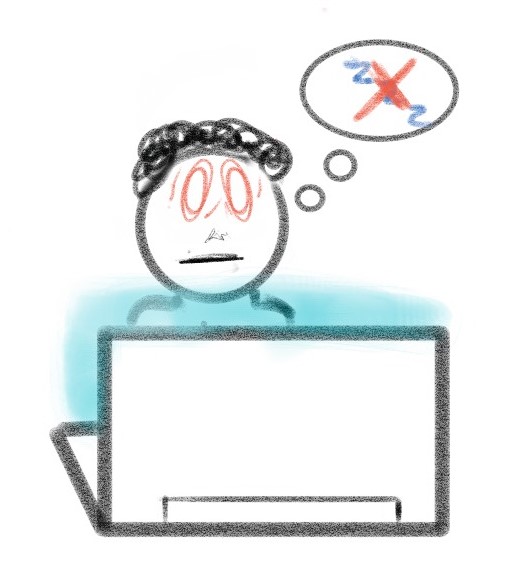The Remedy for Excessive Screen Time
October 31, 2020
Screen time has been a relentless concern for parents throughout the past years, but now as more and more schools turn towards Google Meets and Zoom amidst the pandemic, excessive screen time is more common than ever. At Pelham Memorial High School, students were offered the choice to go fully virtual, meaning they would stay home and connect with their classes through their Chromebooks. Though on the one hand, this relieves some health and safety concerns, it also opens up a new set of issues. Among these concerns are technological errors, a lack of participation, and unhealthy amounts of exposure to computer screens.
Fully virtual students endure almost six hours of online schooling with a five-minute break every 35 minutes. The AHA recommends only two hours of screen time per day, whereas the school mandates students to have about three times that much, five days a week. Not only does excessive screen time cause dry and strained eyes, but can also induce headaches, blurred vision, and can cause sleep deprivation – things that a student should not experience. On top of that, posture is an extremely important factor when using any type of device, like your spine, neck, and back can suffer lasting consequences. Sleep deprivation can also be an effect of students being exposed to too much blue light, subduing melatonin, or sleep hormones. Simply put, the amount of screen time students are getting is too much.
Whether one is using a Chromebook or a personal laptop, there are still ways to combat irksome but serious issues like bad posture, or lack of sleep. First, the main cause of these symptoms is the blue light that’s emitted from screens. An easy way to combat this in Chromebooks is by turning on the “Night Light” feature. This gives the screen an orange tint that’s easier on one’s eyes and reduces the amount of blue light that’s released. Reducing the brightness of the screen is also a helpful method that enables the user to look at a screen more comfortably – not affecting sleep. As for posture, sitting with your back straight and feet flat on the floor ensures little to no issues as well as having the computer keyboard close.
However, an easy way for the school to reduce these issues is by either, one, making the breaks between classes longer, two, reducing the duration of each period, or three, returning to the schedule that was used last year when the pandemic first struck schools. On the other hand, these changes would definitely limit the amount of time allotted per class and could disrupt learning because of shortened schedules. It can be argued, however, that a student’s health is more important than the time allotted for teaching a subject.
So although PMHS’s full virtual students are challenged with these excessive amounts of screentime, procedures listed above may be able to relieve possible symptoms and provide the most comfortable learning experience.




